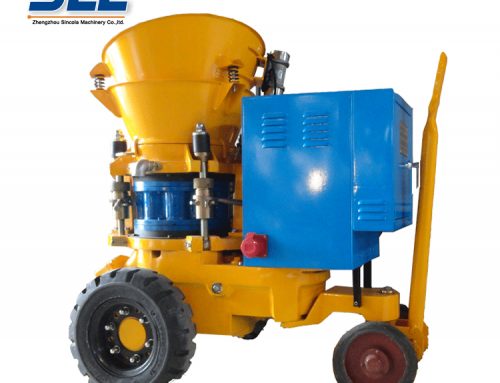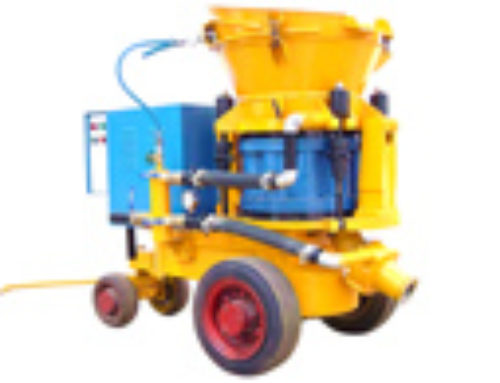Rebar exposed treatment method
The main reinforcement, negative reinforcement or hoop reinforcement in the reinforced concrete structure are exposed on the concrete surface in the process of structural construction.
Cause Analysis:
1. Segregation due to improper mixing of concrete, lack of slurry in the pouring part or serious slurry leakage in the formwork.
2. When the concrete vibrates, the vibrating bar impacts the steel bar to shift the steel bar.
3. When the concrete is poured and vibrated. The steel bar is displaced or the pad is too small or even leaked, and the steel bar is close to the template.
4. The reinforced concrete structure has a small section and the steel bar is too dense. If the big stone is stuck on the steel bar, the concrete cement slurry cannot fill the steel bar.
5. The concrete protection layer is not dense, or the wood formwork is not wet enough, and the concrete surface loses too much water. When the mold is removed, the concrete lacks edges and corners.
6. If the thickness of the slab is not enough, or when the concrete is poured, the reinforcement is not firmly fixed. Under the action of the concrete, the steel reinforced and the concrete is solidified and contracted.
Precaution:
1. Check the position of the steel bar and the thickness of the protective layer before pouring concrete.
2. In order to ensure the thickness of the concrete protective layer, it is necessary to pay attention to fixing the spacer.
3. In order to prevent the displacement of the steel bars, it is strictly forbidden to vibrate the steel rods. In the dense place of the steel, measures are taken in advance to leave room for vibrating bar vibrating. The protective layer of concrete should be vibrated and compacted. Before pouring concrete, use water to fully wet the wood formwork and carefully block the gap.
4. When the steel bars are dense, choose the appropriate stones. The maximum particle size of the stone shall not exceed 1/4 of the minimum dimension of the structural section, and shall not be greater than 3/4 of the net spacing of the steel. The structural section is small. When the steel is dense, it can be poured with fine stone concrete.
5. When the concrete free fall height exceeds 2m, it should be cut with a stringer or chute. Do not step on the steel bar during operation. If the steel bar is bent or tripped, straighten it in time and tie it up. The demoulding time should be determined according to the test results of the test block to prevent premature demoulding.
6. When pouring slab concrete, it is necessary to strictly control the pouring thickness of concrete. In order to control the thickness, the elevation control line must be done before the concrete is poured. At the same time, when pouring concrete, special ribs should be used to shift the steel bars and reinforce the steel bars. Wait for immediate treatment to prevent the tendon from happening again.
Treatment measures:
Clean the concrete residue and rust on the exposed steel bars, rinse them with water, and then smooth them with high-strength repairing materials. If the exposed ribs are deep, remove the weak concrete, chisel, clean and wet, and use a high-grade rice stone concrete. Consolidate and conscientiously maintain.




